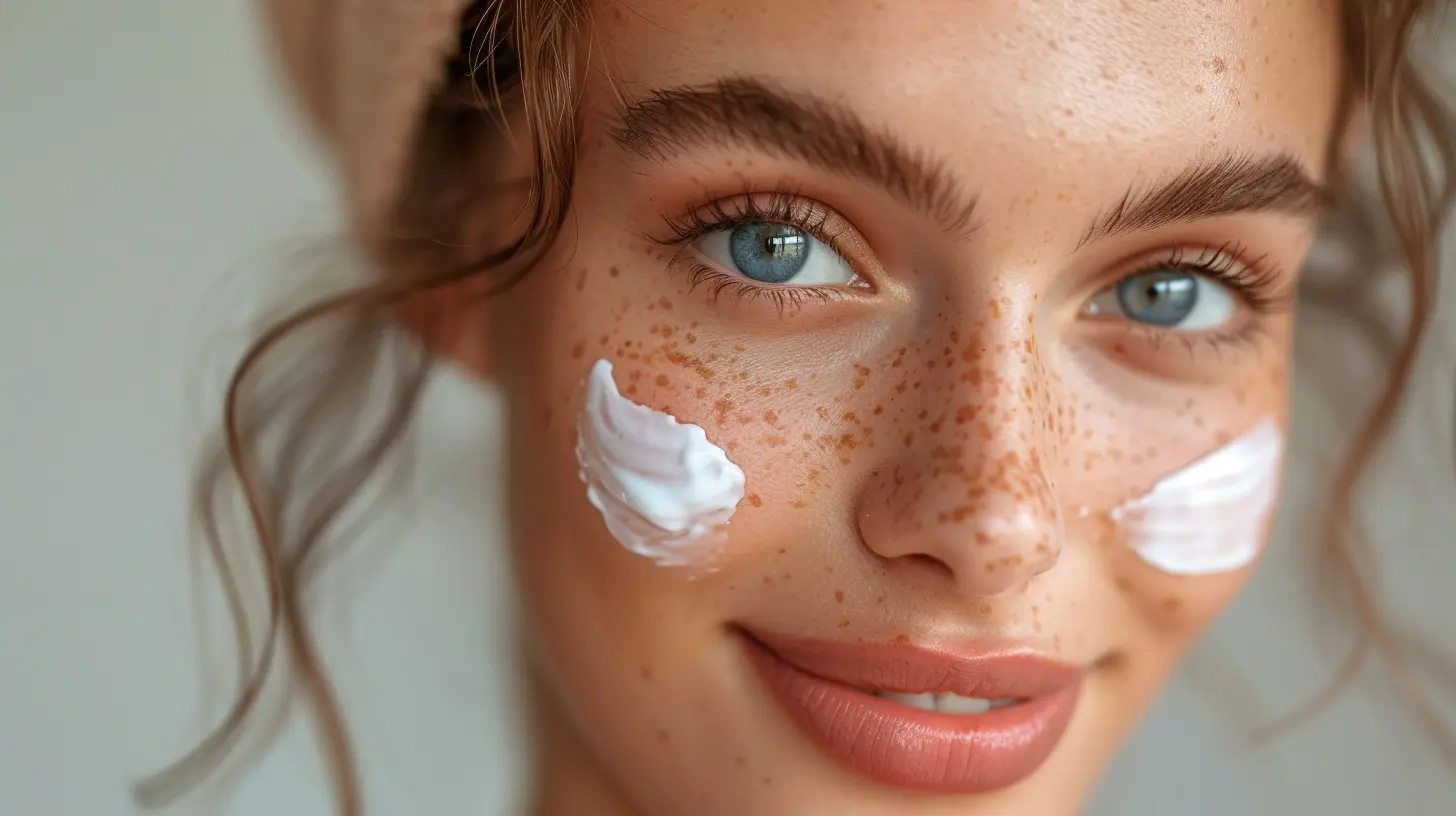What Retinol Does for Your Skin and How to Use It
17 July 2025
When it comes to skincare, few ingredients have gained as much buzz as retinol. If you’ve ever looked into anti-aging products or acne treatments, you’ve likely come across this powerhouse ingredient. But what exactly does retinol do for your skin, and how should you use it to get the best results without irritation?
Let’s break it down in simple terms so you can confidently add retinol to your skincare routine.

What is Retinol?
Retinol is a derivative of vitamin A, a nutrient essential for skin health. It belongs to the family of retinoids, which are widely used in dermatology for their ability to improve skin texture, tone, and overall complexion.Unlike its stronger prescription counterpart, tretinoin, retinol is available over the counter and tends to be milder. This makes it a great option for those looking to address skin concerns without diving into prescription-strength treatments.
Now, let’s talk about why people swear by retinol and what it actually does for your skin.

What Retinol Does for Your Skin
1. Stimulates Collagen Production
One of the biggest reasons retinol is a skincare hero is its ability to boost collagen production. Collagen is the protein responsible for keeping your skin firm, plump, and youthful. As we age, collagen levels decrease, leading to fine lines and wrinkles.Retinol works by stimulating your skin to produce more collagen, reducing wrinkles and giving your skin a smoother appearance. Think of it as a workout for your skin—challenging it to stay strong and resilient.
2. Speeds Up Cell Turnover
Your skin naturally sheds dead cells and replaces them with new ones, but this process slows down as you get older. Retinol speeds up cell turnover, meaning fresher, healthier skin appears more quickly.This also helps with dullness, uneven skin tone, and rough texture. If your skin has been looking tired or lackluster, retinol might be the wake-up call it needs.
3. Fights Acne and Prevents Breakouts
If you struggle with acne, retinol can be a game-changer. It unclogs pores by preventing dead skin cells from piling up, which helps reduce blackheads, whiteheads, and breakouts.It also regulates oil production, making it an excellent option for those with oily or acne-prone skin. Think of it as a traffic controller for your pores—keeping everything flowing smoothly so breakouts don’t have a chance to settle in.
4. Evens Out Skin Tone and Fades Dark Spots
Sunspots, hyperpigmentation, and post-acne marks can be frustrating. Retinol helps fade these discolorations over time by promoting the shedding of pigmented skin cells and encouraging new, even-toned skin to emerge.If you’ve ever spent too much time in the sun without sunscreen, retinol can help minimize some of the damage by reducing those pesky sunspots.
5. Reduces the Appearance of Large Pores
While you can't physically shrink your pores (sorry!), retinol can make them appear smaller. By keeping pores clear and improving skin elasticity, retinol helps refine their appearance over time.If enlarged pores are a concern, consistency with retinol can do wonders in making your skin look smoother and more refined.

How to Use Retinol for the Best Results
Now that you know why retinol is a skincare superstar, let’s talk about how to use it properly. Retinol is powerful, and if used incorrectly, it can cause irritation, redness, and peeling. Here’s a step-by-step guide to incorporating it into your routine.1. Start Slow
Retinol is potent, so don’t dive in headfirst. Start with a lower concentration (0.25% or 0.5%) and use it just twice a week to see how your skin reacts.If your skin tolerates it well, gradually increase the frequency to every other night, then eventually nightly if your skin can handle it.
2. Apply on Dry Skin
After cleansing your face, make sure your skin is completely dry before applying retinol. Applying it on damp skin can increase absorption, which may lead to irritation.A pea-sized amount is all you need—dot it across your face and gently rub it in. Remember, more is NOT better when it comes to retinol!
3. Follow with Moisturizer
Retinol can be drying, so always follow up with a good moisturizer to lock in hydration. This helps minimize peeling and irritation.For extra protection, you can use the “moisturizer sandwich” method—apply a layer of moisturizer before and after retinol to create a buffer.
4. Always, Always Wear Sunscreen
Retinol makes your skin more sensitive to the sun, so wearing sunscreen (SPF 30 or higher) every morning is non-negotiable. Skipping sunscreen while using retinol can lead to sun damage, which defeats the purpose of using it in the first place.5. Be Patient and Stay Consistent
Retinol isn’t a quick fix—it takes time! You might start seeing improvements in skin texture after 4-6 weeks, but major changes, like wrinkle reduction and fading dark spots, can take 3-6 months of consistent use.The key is patience and consistency. Stick with it, and your skin will thank you.

Common Side Effects and How to Manage Them
When you first start using retinol, you might experience a phase called retinization—where your skin undergoes irritation, dryness, redness, and peeling. Here’s how to deal with it:- Use it less frequently – Instead of using it daily, try every 2-3 nights until your skin adjusts.
- Hydrate and moisturize – Keeping your skin well-hydrated helps counteract dryness and peeling.
- Avoid using harsh actives – Skip exfoliants (like AHAs, BHAs, and benzoyl peroxide) on the same nights you use retinol to prevent over-exfoliation.
- Give your skin a break if needed – If irritation becomes too much, pause for a few days, then reintroduce it slowly.
Your skin will adjust over time, and the benefits will be worth it.
Who Should Avoid Retinol?
While retinol is safe for most people, there are a few cases where you should proceed with caution or avoid it altogether:- Pregnant or breastfeeding women – Retinoids (including retinol) are not recommended during pregnancy or breastfeeding.
- Extremely sensitive or damaged skin – If you have rosacea, eczema, or a compromised skin barrier, consult a dermatologist before using retinol.
- If you're using strong prescription treatments – Certain medications, like Accutane or strong exfoliants, may not pair well with retinol.
If you’re unsure whether retinol is right for you, check with a dermatologist before incorporating it into your routine.
Final Thoughts
Retinol is one of the most effective skincare ingredients for anti-aging, acne, and overall skin renewal. When used correctly, it can dramatically improve your skin’s texture, tone, and appearance.The key is starting slow, staying consistent, and protecting your skin with a good moisturizer and sunscreen. Yes, the adjustment period can be a little rough, but once your skin adapts, you’ll likely see why so many people swear by retinol.
So, if you're looking to upgrade your skincare game, retinol might just be the secret ingredient you’ve been missing.
all images in this post were generated using AI tools
Category:
Skin CareAuthor:

Angelo McGillivray
Discussion
rate this article
1 comments
Melissa Rodriguez
Thank you for this informative article! It's great to see a clear explanation of retinol's benefits and usage tips. The insights on starting slowly and incorporating it into a skincare routine are especially helpful for beginners. I look forward to trying retinol for healthier skin!
July 28, 2025 at 4:39 AM

Angelo McGillivray
Thank you for your kind words! I'm glad you found the article helpful and informative. Best of luck on your retinol journey!


